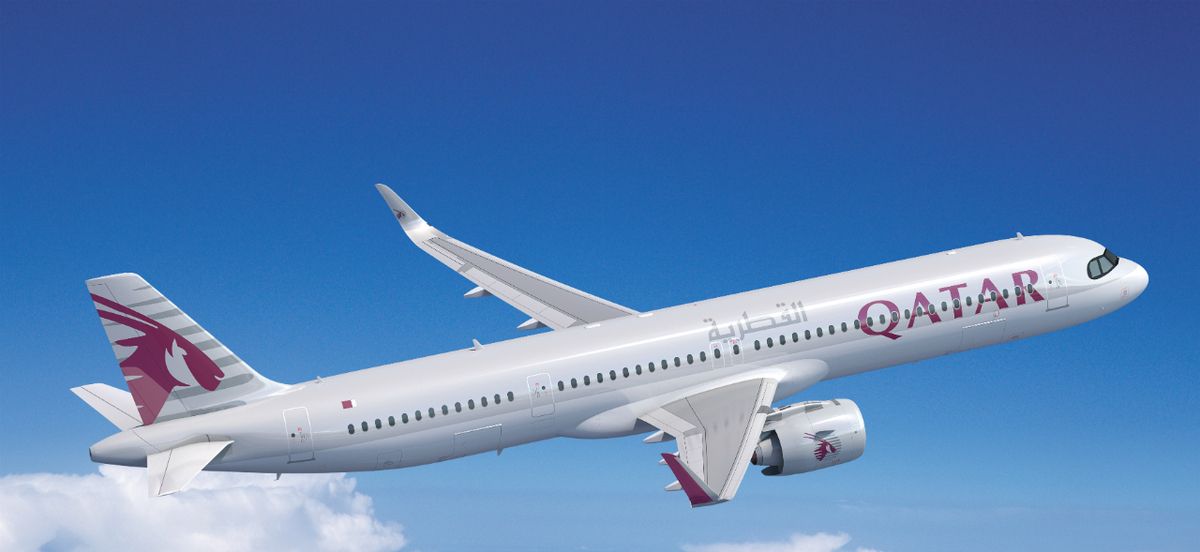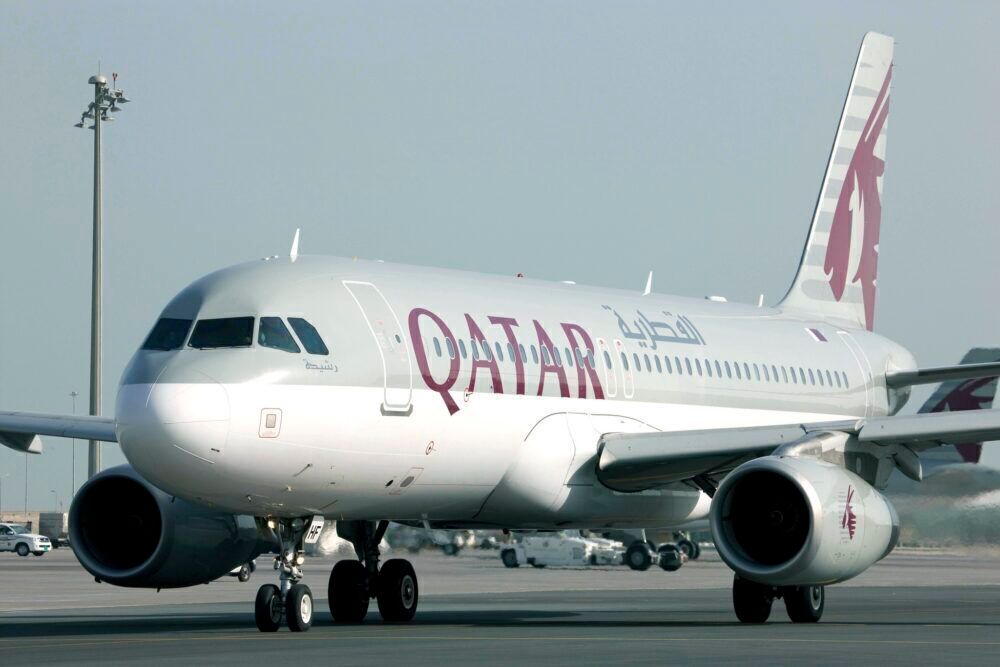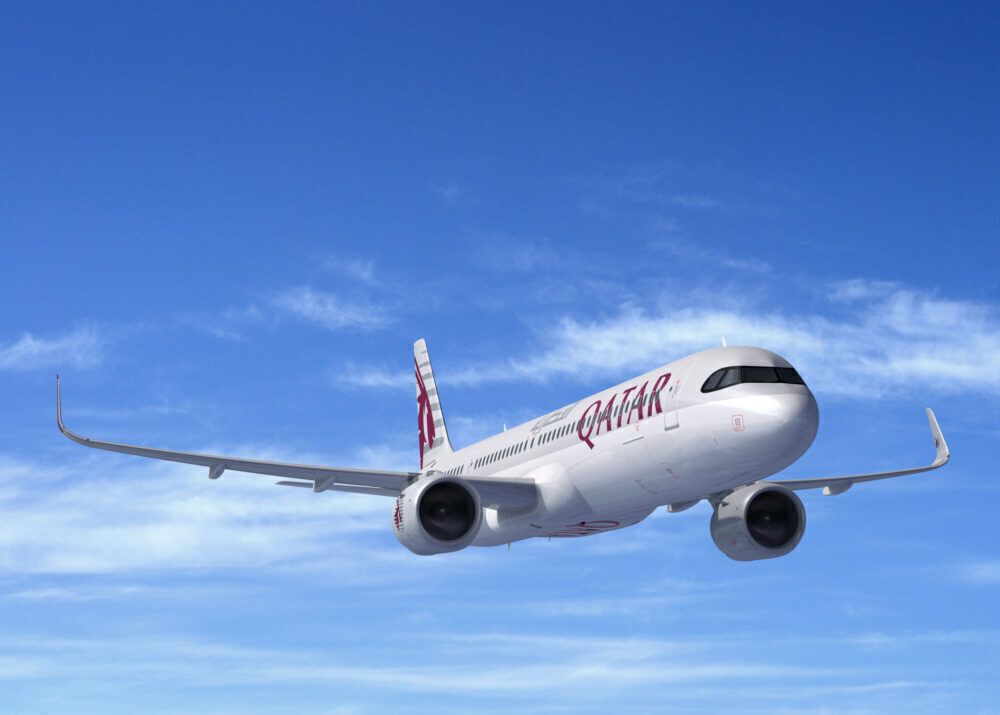With the latest narrowbody commercial aircraft offering huge gains in efficiency and range, many have been speculating that these jets will be used to unlock new routes and enable more point-to-point travel. This won't be the case for Qatar Airways and its future A321LRs, however. The airline's CEO says that the jets will instead be used to replace larger jets on routes during seasons of lower demand.
A fleet of 10 A321LRs
It was back at the end of January 2019 that Qatar Airways announced the conversion of 10 of its 50 Airbus A321neo order to the A321LR. In the 2019 statement, the airline said that it would use the A321LR to connect Doha to "new growing markets" where demand was insufficient for a widebody. Alternately, the jets would fly where the airline's current narrowbodies (A320/A321) are unable to reach. The airline also added the following:
"Alternatively, the new aircraft will be adopted to provide additional frequencies on existing Qatar Airways routes, giving our loyal passengers more choice and flexibility when they travel."
Of course, a lot has changed since the start of 2019, and the aviation market in the short term might not have enough demand for the 'additional frequencies' mentioned in the airline's press release.
Stay informed: Sign up for our daily and weekly aviation news digests.
Replacing widebodies in the 'off-season'
During an interview with Simple Flying on May 26th, Qatar Airways Group CEO Akbar Al Baker was asked about his A321neo/A321LR order. While most would expect the airline chief to perhaps discuss new and exciting routes enabled by the long-range narrowbody, His Excellency answered differently, saying:
"The LR is being taken by us so that when there is downtime, you know, our network is very seasonal in one direction or the other. So it is a perfect aeroplane, the LR, for us to use when the trend is off-season, so that we don't go with big aeroplanes, with maybe 60% load factor, because the 321 gives us the optimum volume that we need to operate off-season into intercontinental routes."
The right size of aircraft to meet demand
If we were to sum up Al Baker's A321LR plans in one word, it would be the word 'rightsizing.' In the context of airline operations, this means that the right size of aircraft is deployed to match the volume of passengers traveling on any given route.
This has been an increasingly important term with the events of 2020, as we have seen some shockingly low load factors due to travel restrictions.
The recent news that Emirates operated a Boeing 777 from India with just one passenger demonstrates just how improperly matched some aircraft are with certain routes due to current events. While the jet may have had a more reasonable passenger load factor outbound to India (and was probably transporting cargo as well), it's quite probable the service could have been operated with an aircraft smaller than a Boeing 777 - if Emirates had any.
Thus when we look at Qatar Airways and its current and future fleet composition, we can see that it will have the flexibility to continue flying intercontinental routes year-round, even if demand is low.
What do you think of Qatar Airways' current and future fleet composition? Let us know by leaving a comment.



